
Gallery
Welcome to Our Gallery








































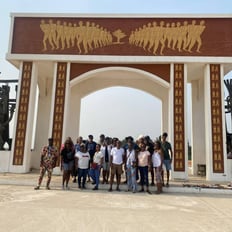


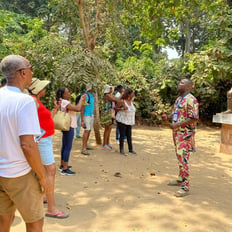

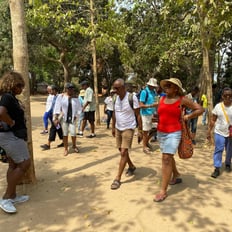

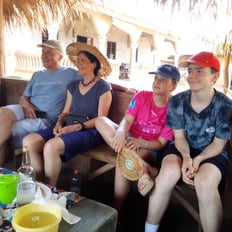
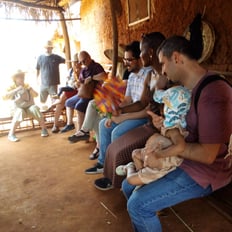
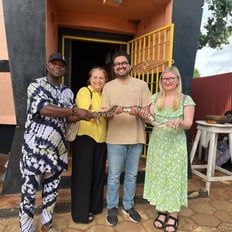
Follow Us On Instagram




The extraordinary Voodoo Festival which takes place in Ouidah, Benin every year on 10 January is a once seen, never forgotten experience. It’s the must attend event in the Voodoo calendar – a celebration of the voodoo religion and the cults associated with it – and draws fetish priests, adepts, traditional chiefs and onlookers from far and wide. There are ritual sacrifices, plus dancing, drinking and the constant pounding of drums. Devotees assume the identity of gods, dressing up and transforming into that god as they do, with the realm of the magical close at hand. The Zangbeto look like giant, walking grass skirts, while the Egungun – the most powerful – are covered entirely in colourful patchwork clothing. They emerge from the forest and process through the village, leaping towards any spectator who dares get too close. You don’t want the Egun to touch you; if he does, you can die! When they arrive in the centre of the village, they perform a kind of dance designed to scare the crowd, which is usually greeted with roars and laughter





“It is really quite spectacular. It’s become slightly touristy over the last few years but it’s still worth seeing. All the voodoo churches come down. People dress up as gods and they believe that they become that god during that time. So you get a particular sect of voodoo and they take on the characteristics and personality of that god. Some of the costumes are very, very elaborate; one group called the Zangbeto dresses in really colourful straw skirts which cover their entire bodies, so they actually just appear to be an entire cone of straw running around. You have another group called the Egungun. In pre-colonial times they performed the function of a police force almost, in terms of keeping things in order, because people are absolutely terrified of them – if you touch one of them then you die! It’s quite something to see.”
Benin is the birthplace of Voodoo, this most mysterious of religions, and it exists here in its purest form. Some 60 percent of Beninese follow the Voodoo religion and many aspects of it spill over into the wider culture, too. As a tourist in Benin, it is impossible to avoid the herbal medicines and creepy fetishes sold in the markets, the roadside shrines, the statues of voodoo gods and the festivals and ceremonies that take place, particularly around Ouidah, Voodoo’s spiritual home. “Voodoo is the state religion; it doesn’t have the same connotations in Benin as Hollywood has given it,”









Benin is a tiny country, so most small group tours that take in the Voodoo Festival also explore further afield, both in Benin and in neighbouring Togo and Ghana, and last around two weeks. In Ouidah itself you can learn more about Voodoo at the Python Temple, inhabited by around 60 sacred snakes, and at the Kpasse Sacred Forest. It’s filled with statues of Voodoo gods as well as a huge iroko tree, thought to have once been the King Kpasse, who fled into the forest from the invading Fon tribe. Beyond, discover stilt villages, slave memorials and the creepy Dankoli fetish. This is Benin’s most powerful shrine, a mound of festering blood, guts, bones and feathers which is believed to be the most powerful of all.
